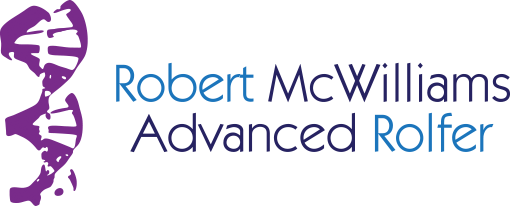As hard as it is to describe, quickly, what Rolfing® Structural Integration (SI) is, Rolf Movement® is at least equally daunting. A quick-ish description: Rolf Movement helps us anchor the on-the-table work of SI in movement. We look at the general tendencies in walking, standing, sitting, breathing, and generally moving in gravity, time and space. Dancers-sound familiar? The tricky part for dancers: it is not about “mastery”, or achieving a particular aesthetic look or goal. Still, the process of becoming more “normal” in your function, versus what is average, can yield an much more resilient and sensitive artistic instrument. This is sort of Zen-type paradox, then: finding a sort of “beginners mind” of non-mastery that leads to fulfillment in expression.
When I read the writings of Bonnie Bainbridge Cohen, the similarities to Rolf Movement (RM) are too strong to be a coincidence. In her seminal book, Sensing, Feeling and Action ( Cohen, B., Contact Editions, Northampton, MA, 1993, p. 114) Cohen’s discussion of the difference between sensing and perceiving could come right out of a RM class. In summary, she shows how our past experiences color our perceptions, via what she terms “pre-motor focusing” or selective attention. Our expectations, based on the past, color our perceptions, and our repertoire of responses.The goal, in Body Mind Centering and Rolf Movement, is to help uncover new options-new ways to frame our perceptions and new ways to respond to them in movement. For Rolfers, her description of the vestibular system is wonderfully simple and straightforward, and should be used at the Rolf Institute®, as well as her emphasis on touch and movement as primary forms of perception and communication.
So, if you want to know what Rolf Movement is..it’s a lot like Body Mind Centering. Finding new options, towards “normal” functioning, in gravity, space and time. Did that help?
